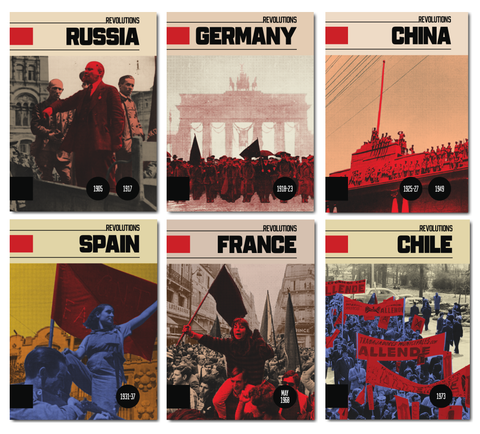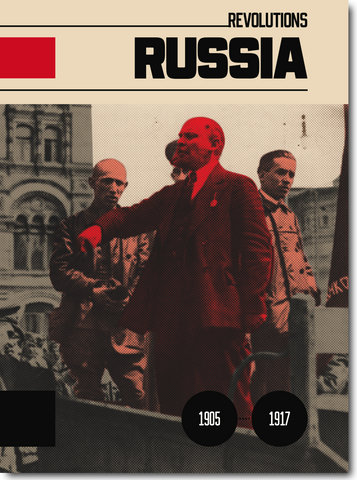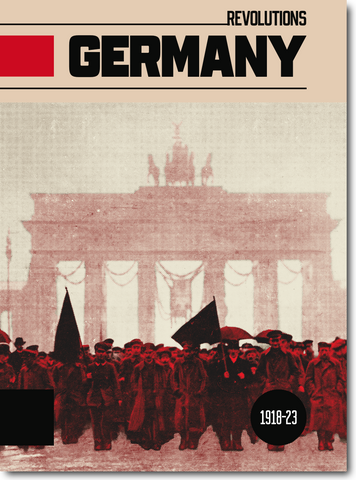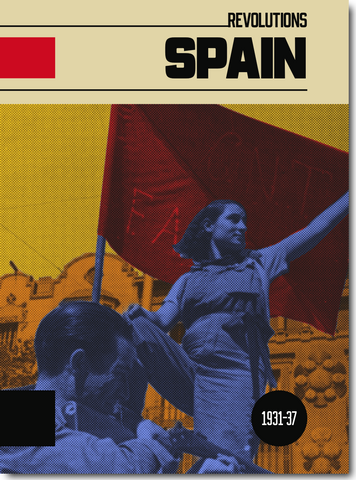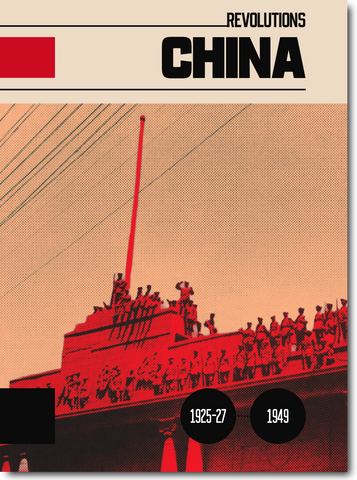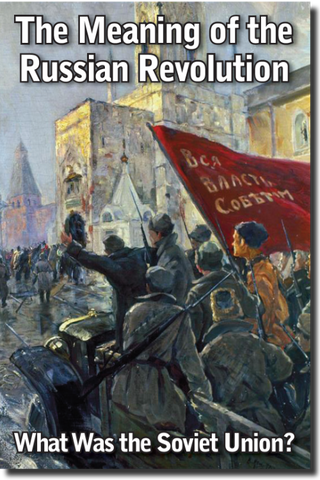
The Meaning of the Russian Revolution - What Was the Soviet Union?
One hundred years ago, the Russian Revolution shook the capitalist world to its foundations when the working class, led by Lenin and the Bolshevik Party, took power into its own hands. The working class has had many opportunities to carry out a socialist transformation over the last century, and has tried in many different countries. However only in the Russian Revolution of 1917, did they succeed—and then only temporarily.
This revolution in a backward country succeeded in overthrowing 1000 years of tsarist autocracy, and the working class began to grapple with running the whole of society without landlords, capitalists, and bankers. The superiority of a planned economy over the anarchy of capitalist production was proven, not in the field of ideas but on the concrete arena of industrial development, raising living standards, education, and health. Russia, in a short period of time, went from being a backward, mainly agricultural, and imperialist dominated country into being one of the first industrial and economic powers on earth. And yet, long before its collapse in the early 1990s, the Soviet Union had undergone a process of bureaucratic degeneration along Stalinist lines.
How was the bureaucracy able to usurp political power from the workers in the soviets? With selections from John Peterson’s “Frequently Asked Questions About Marxism” and Ted Grant’s “Bureaucratism or Workers’ Power,” this booklet aims to provide a succinct history of the Soviet Union and a theoretical explanation of the monstrous phenomenon of Stalinism. Providing a scientific answer to this question is a fundamental prerequisite to the political struggle for socialist revolution in our lifetimes.
52 pages
We Also Recommend
